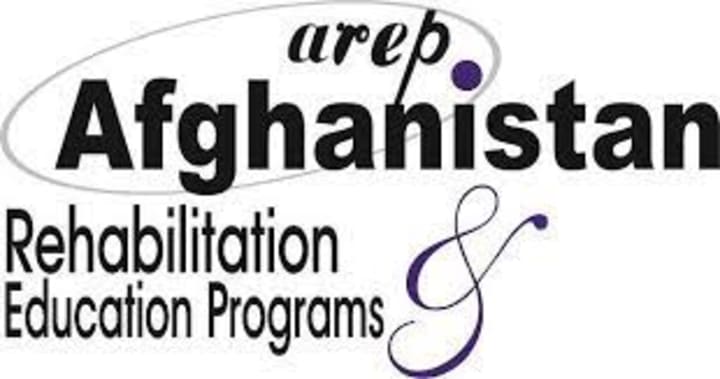Drug Addiction In Afghanistan
The Response of Afghanistan in Drug Addiction Problems

Afghanistan has been known as a major producer and exporter of illicit drugs, particularly opium and its derivatives, for many years. The country's opium poppy cultivation and drug trade have contributed significantly to drug addiction issues within Afghanistan and globally

Here are some key points about drug addiction in Afgha.nistan:
1. Opium Production: Afghanistan is the largest producer of opium in the world, accounting for a significant portion of the global opium supply. Opium is the primary raw material used to produce heroin. The country's rugged terrain, weak governance, and ongoing conflict have contributed to the flourishing opium trade.
2. Drug Trafficking: The drug trade in Afghanistan involves various stages, from poppy cultivation to processing and trafficking. The illicit drugs are smuggled out of the country through established trafficking routes to neighboring regions and beyond. This trade has led to the availability and accessibility of drugs within Afghanistan itself.
3. Domestic Drug Consumption: While a significant proportion of the illicit drugs produced in Afghanistan are trafficked abroad, there is also a substantial domestic market for drugs. Drug addiction affects many Afghans, particularly in regions where poppy cultivation is widespread and economic opportunities are limited. Factors such as poverty, unemployment, displacement, and exposure to conflict contribute to drug use and addiction.
4. Health Consequences: Drug addiction has severe health consequences for individuals and communities. Intravenous drug use, often associated with heroin addiction, contributes to the spread of bloodborne diseases like HIV/AIDS and hepatitis C. Additionally, drug addiction can lead to a range of physical and mental health issues, including overdose, respiratory problems, mental disorders, and social isolation.
5. Efforts to Combat Drug Addiction: The Afghan government, with support from the international community, has been working to address drug addiction and reduce drug production and trafficking. Efforts include drug treatment and rehabilitation programs, public awareness campaigns, and law enforcement initiatives to disrupt drug networks. However, these efforts face significant challenges due to ongoing conflict, political instability, and the deeply entrenched nature of the drug trade.
It's important to note that the situation regarding drug addiction in Afghanistan is complex and multifaceted, and it continues to evolve over time.

Here are some of the key actions taken:
1. Drug Law and Policy: The Afghan government has developed and implemented laws and policies aimed at tackling drug addiction and illicit drug production. It has enacted legislation to criminalize drug-related activities and established mechanisms for drug control, including the Counter Narcotics Police of Afghanistan (CNPA) and the Counter Narcotics Justice Center (CNJC).
2. Rehabilitation and Treatment: The government has made efforts to expand drug treatment and rehabilitation services throughout the country. It has established addiction treatment centers and clinics to provide medical care, counseling, and support to individuals struggling with drug addiction. The Ministry of Public Health has been involved in coordinating and implementing these programs.
3. Public Awareness and Education: Public awareness campaigns have been launched to educate the population about the dangers of drug addiction and the importance of prevention and treatment. These campaigns aim to reduce the stigma associated with drug addiction and encourage individuals to seek help. They also target communities affected by drug production and consumption.
4. International Cooperation: Afghanistan has collaborated with international organizations and foreign governments to combat drug addiction and drug trafficking. The United Nations Office on Drugs and Crime (UNODC) and other entities provide technical assistance, capacity-building, and financial support to strengthen drug control efforts in the country.
5. Alternative Livelihood Programs: Recognizing the link between poverty and drug production, the Afghan government, with support from international partners, has implemented alternative livelihood programs. These initiatives aim to provide farmers with viable economic alternatives to opium cultivation, such as promoting agricultural diversification, vocational training, and job creation.
6. Eradication and Interdiction: The Afghan government, supported by international partners, has conducted eradication campaigns to destroy opium poppy crops. It has also worked to strengthen law enforcement capabilities and border control measures to intercept drug shipments and disrupt trafficking networks.
Despite these efforts, the drug addiction problem in Afghanistan remains complex and challenging to address fully. The ongoing conflict, corruption, and economic instability continue to hamper progress in combating drug addiction and reducing drug production. Further collaboration, sustained investment, and a comprehensive approach encompassing security, development, and governance are necessary to tackle this complex issue effectively.
About the Creator
Dan IsEnjoyingLife
Chill, Relax and Enjoy Life is my Priority.
Please Subscribe for more Chilling, Relaxing and Enjoying Article, Thank You.






Comments
There are no comments for this story
Be the first to respond and start the conversation.